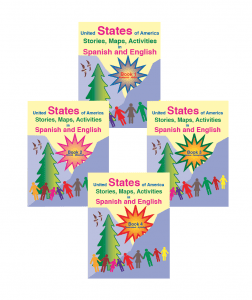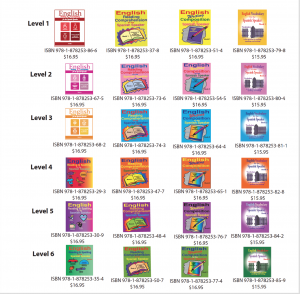Summer is a Good Time to Learn a Second Language
Part 1
Fisher Hill has an excellent series for Spanish speakers to learn English. The series is called English for the Spanish Speaker and consists of four workbooks and four CDs.
Each workbook has eight lessons and a Puzzle Fun section. In Books 1 and 2, the lessons deal with a common theme, i.e., breakfast, telling time, shopping, going to the bank, etc. In Books 3 and 4, four lessons are about every day activities and the other four are about United States history or government. The print in the workbooks is large. The reading level in Book 1 is at the first and second grade level. The books get progressively more difficult. The reading level for Book 4 is at the fourth grade reading level. The lessons are presented in English and then translated into Spanish. All the instructions are in Spanish. Puzzle Fun includes crossword puzzles, jumbles, and word searches. At the end of each workbook, are two dictionaries: English-Spanish and Spanish-English, as well as an index.
Each lesson is divided into seven parts. First, there is a vocabulary list. Beginning English is included as well as the vocabulary of the particular theme. Then there is a conversation that makes use of the vocabulary in a common situation. Next is a story related to the theme, which reinforces the vocabulary and the conversation. The fourth page of each lesson is an exercise that requires choosing a word from the vocabulary list and then completing sentences that are missing one word. The fifth page requires that the student write the English translation of a Spanish word. The sixth page requires the pupil to put the vocabulary in alphabetical order. The seventh page deals with English grammar rules and requires the student to write simple sentences in English. The answers to the exercises are at the end of each lesson so that the student will be successful.
From time to time it will be necessary to use words in the conversation or story that are not presented in the vocabulary list. In this case the student can find the meaning of the word in the accompanying translation, or also in the dictionary at the end of the book. Sometimes it is not possible to exactly translate an English word into Spanish or vice versa. These cases will be noted in the dictionary.
Here are some suggestions for the pupil. It is recommended that the student do one lesson per week, but the pupil can go through the book more rapidly if he or she so desires. The speed at which the student learns English depends on himself or herself. It will be useful to read the conversation and story out loud. This will help the pupil gain smoothness.
Also, the student should listen to television in English. In the beginning the pupil should listen to ads, cartoons, and news. (The student should be familiar with the news in Spanish.) It is very important to listen to and speak with Americans. This will be a great help to the student. He or she will be able to practice English and also improve his or her accent. No one is ever going to learn English without practice. Children learn to speak English quickly, the reason for this being that most children are not bothered by the mistakes they make in speaking. It is important to take advantage of every opportunity to speak.
The student should also buy a Spanish-English and English-Spanish dictionary. This will be helpful. Also, this will help the student learn extra words. The pupil should also have a notebook to write down additional words he or she has learned each week.
Summer is a good time to work on learning a second language Part 1.
If you have any questions about our English for the Spanish Speaker series please email us at therst.com or go online at www.Fisher-Hill to see all of our workbooks.

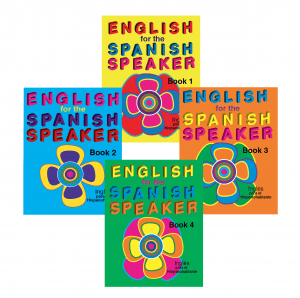
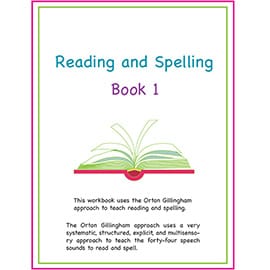

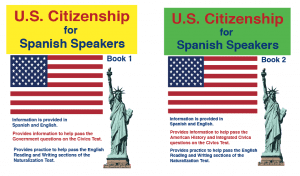 Fisher Hill’s two workbooks called U.S. Citizenship for Spanish Speakers are on sale during the month of April 2018. Visit us on line at
Fisher Hill’s two workbooks called U.S. Citizenship for Spanish Speakers are on sale during the month of April 2018. Visit us on line at 